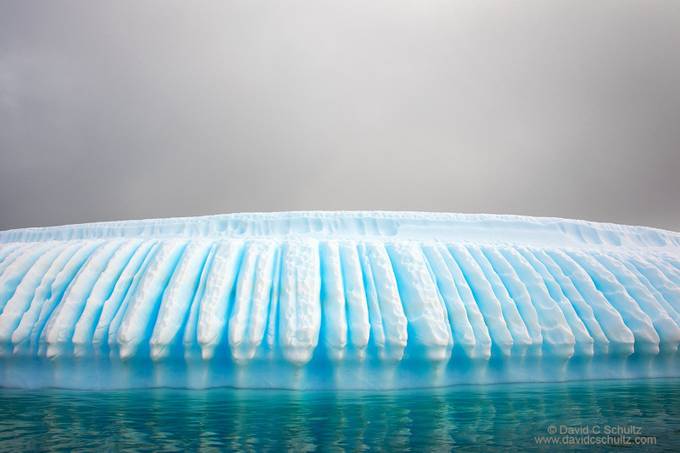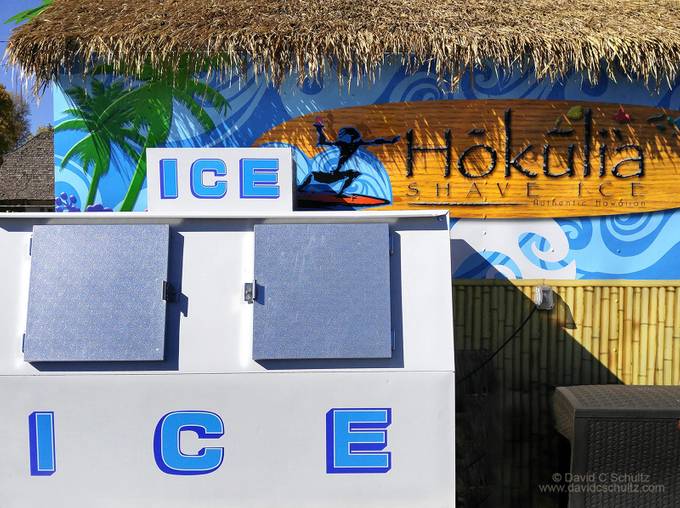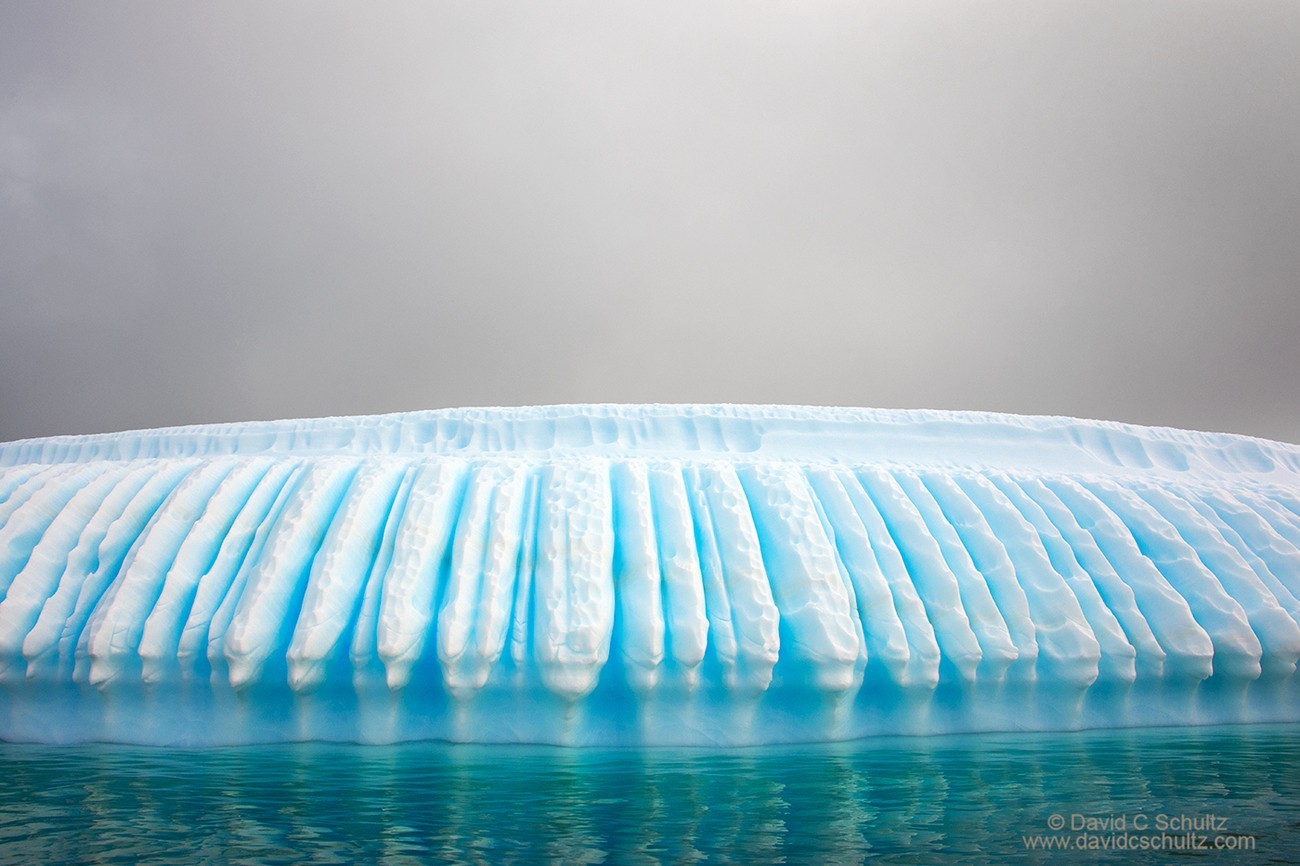David C. Schultz is an awarding winning landscape and wildlife photographer based out of the Wasatch Mountains in Utah. He was recently featured in an international ad campaign for Nikon and is a Nikon Asia Ambassador. Over the past decade he has specialized in polar photography having traveled to Antarctica and the high Arctic over a dozen times each. His work has been featured in publications by National Geographic, Travel and Leisure, Digital Photographer, Outdoor Photographer, Islands and many others. His limited edition prints can be seen in private and public collections around the world.

Tip 1: Tools
For finer “detail shots” have some simple tools in your kit.
a) A pair of tweezers for picking up and placing small frost covered objects without melting the frost from the warmth of your fingers will be helpful. They’ll also help prevent knocking off the delicate ice crystals when objects are being moved.
b) Binder clips of various sizes to help position and hold smaller subjects such as hanging a frost covered leaf in a specific place.
c) A gooseneck clamp system to aid in positioning items such as a leaf you might wish to photograph back-lit. This will also come in handy for holding a gobo to block sun from hitting the lens when backlighting a subject. I use a Wimberely “The Plamp II” with a piece of cardboard attached to one end.
d) A cable release will help, both as a way to keep your hands in your pockets to stay warm and as a way to minimize camera movement when shooting with a macro set-up.
e) Also consider packing a small paint brush to clear snow off your gear. For cleaning my lens when snow or water gets on the front element I carry small pieces of an old flannel shirt. These are soft and very absorbent unlike the microfiber cloths that just turn one drop of water into a thousand tiny drops. Do Not blow snowflakes off your lens.
Tip 2: Composition
Look for patterns in nature, and this includes using, and perhaps even creating, shadows to add interest and depth to your shot.

This works with the massive icebergs such as those I frequently photograph in Antarctica but also when working with subjects much closer to home such as the red leaf on the rolling drift of snow as seen here. Keep it simple. Watch for textures or shapes that compliment or mimic each other.

OK, so I’m not going to create a shadow when photographing icebergs but I will wait for a break in the clouds which will cause a shadow or better yet a spot light on the berg.
Tip 3: Look for back-lit opportunities, or create your own.
This could involve the need for a support stand to position items more precisely and this is where the binder clamps, etc. come in handy. If trying some back-lit shooting watch for starburst coming off the ice crystal and use a very small aperture of f22 to emphasize this effect. Very precise positioning, of your subject and yourself, will be required.

Tip 4: Exposure
Actually this should be number one, at least in my mind, regardless of what you’re photographing. When it comes to photographing in snow and ice fine tuning your exposure so as not to lose details in the highlights is sometimes a trade-off. I pay very close attention to the histogram and double check exposure by also activating my camera’s “highlight warning” feature. It’s common to have images with a lot of white be underexposed so you may have to increase your exposure by 1-2 stops. If you get “blinkies” highlight warnings indicating that area that are spectral highlights flashing not to worry as typically there are no details in those areas to capture. White on white situations can be even more difficult so again, check the histogram and adjust accordingly.


Tip 5: Anticipate
Close to home here in Utah I know of a place in the mountains near a creek where, under the right conditions, a heavy frost will often coat the ground. I’ve been back there MANY early mornings taking advantage of this in the fall and early winter. I’ve even collected unusual leaves from other areas and have placed them on the ground there hoping that in the morning I might have something interesting to photograph. On a couple of occasions the small creek froze over and created incredibly intricate patterns so I worked with those formation.


Tip 6: Baby it’s HOT outside!
(A bonus for those of you cold weather challenged)
So, not all of you live in or can travel to places where snow and ice is a normal, yearly part of nature. I’m thinking of this tip as it relates to the “Ice is Nice” contest. Think outside the box or inside it for that matter. Shortly after being approached by ViewBug to write this article and judge a contest on this subject I stopped by my local grocery store. They just happened to be unloading ice into commercial coolers which gave me the idea to use made-made ice, cubes, blocks or even dry-ice in some creative way. Give it some thought, especially if you live in an area that is extremely hot.



